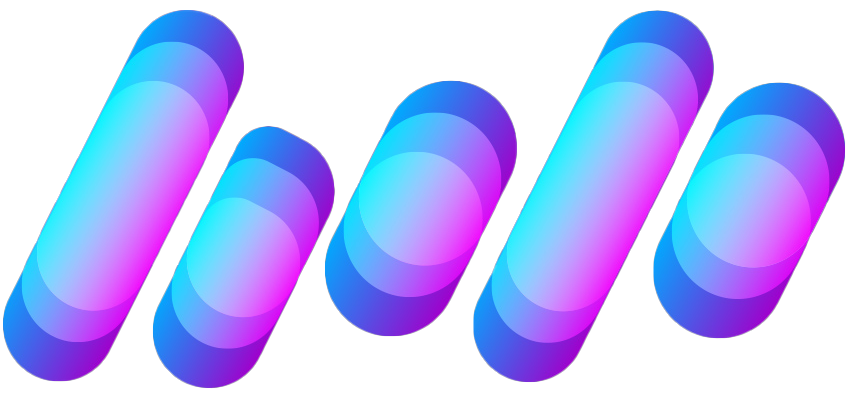T
The Verge RSS
Guest
Author: Jacob Kastrenakes

Verizon became the first major ISP to launch 5G home internet service yesterday. It’s a major step on the road to making 5G a reality, but if you’ve ever in your life interacted with an internet provider, you’re probably at least a little bit skeptical: is this really 5G?
The answer is sort of. In a phone call yesterday, Verizon’s chief technology architect, Ed Chan, said that the newly launched home 5G service uses a number of technologies that have been deemed a part of 5G. Most important among those is the use of millimeter wave, the radio waves that will be the backbone of 5G connections. Millimeter wave connections work over a much shorter distance, but they’re far faster, enabling Verizon to deliver gigabit speeds wirelessly.
But...
Continue reading…
Continue reading...

Verizon became the first major ISP to launch 5G home internet service yesterday. It’s a major step on the road to making 5G a reality, but if you’ve ever in your life interacted with an internet provider, you’re probably at least a little bit skeptical: is this really 5G?
The answer is sort of. In a phone call yesterday, Verizon’s chief technology architect, Ed Chan, said that the newly launched home 5G service uses a number of technologies that have been deemed a part of 5G. Most important among those is the use of millimeter wave, the radio waves that will be the backbone of 5G connections. Millimeter wave connections work over a much shorter distance, but they’re far faster, enabling Verizon to deliver gigabit speeds wirelessly.
But...
Continue reading…
Continue reading...
